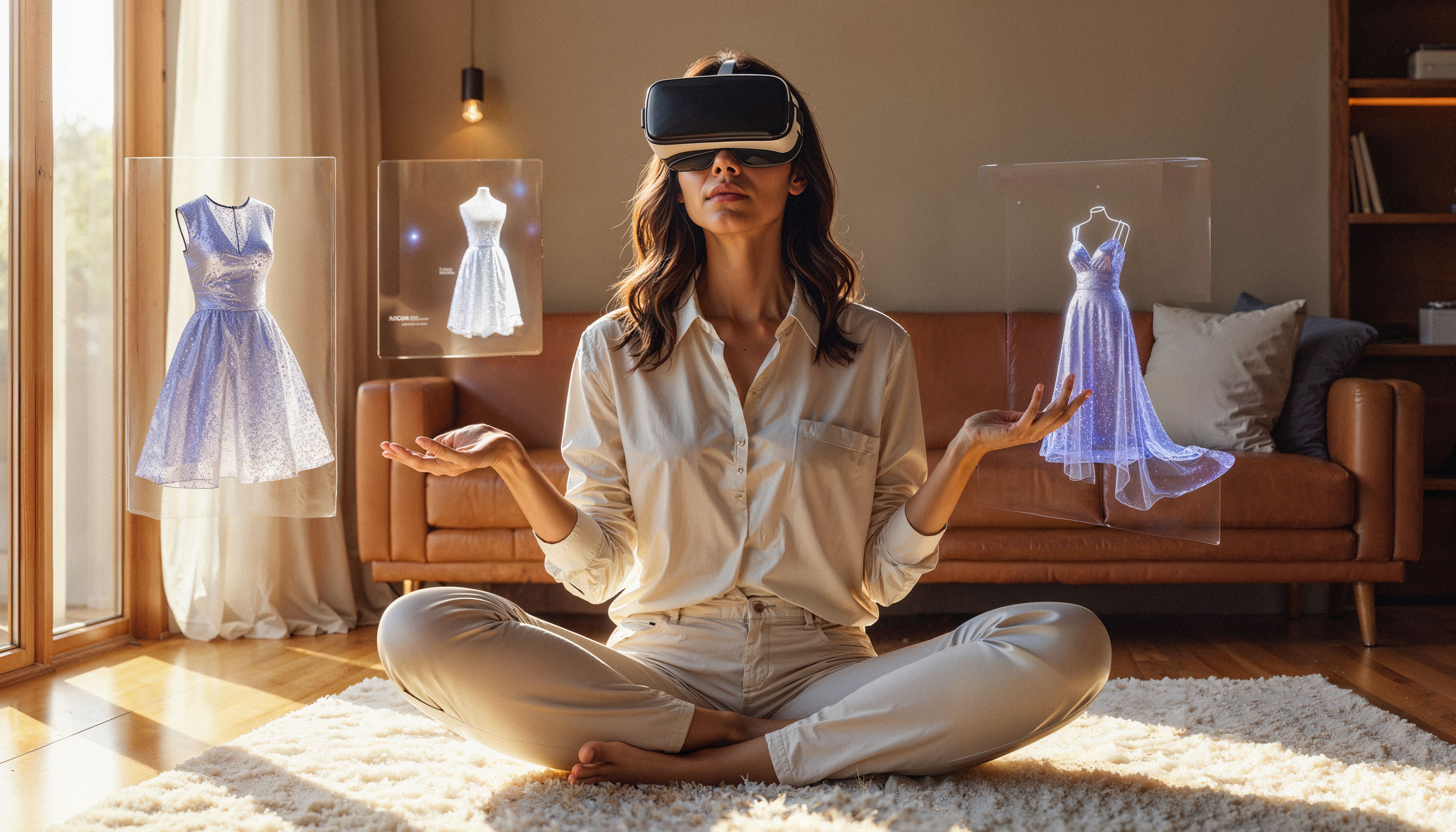AI Fashion Models From the Inside Out
Gender Inclusive Fashion Breaking Barriers & Redefining Look
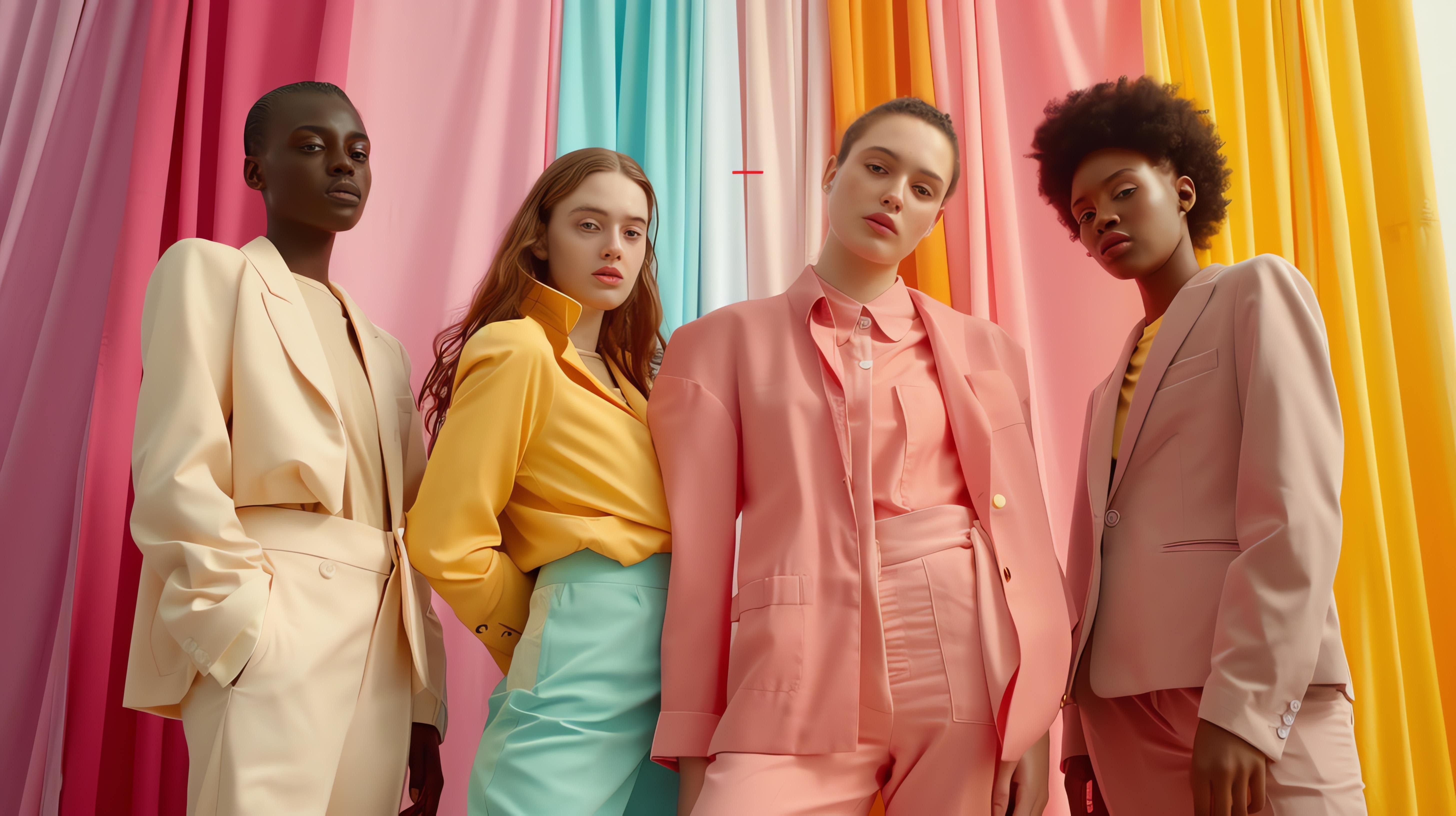
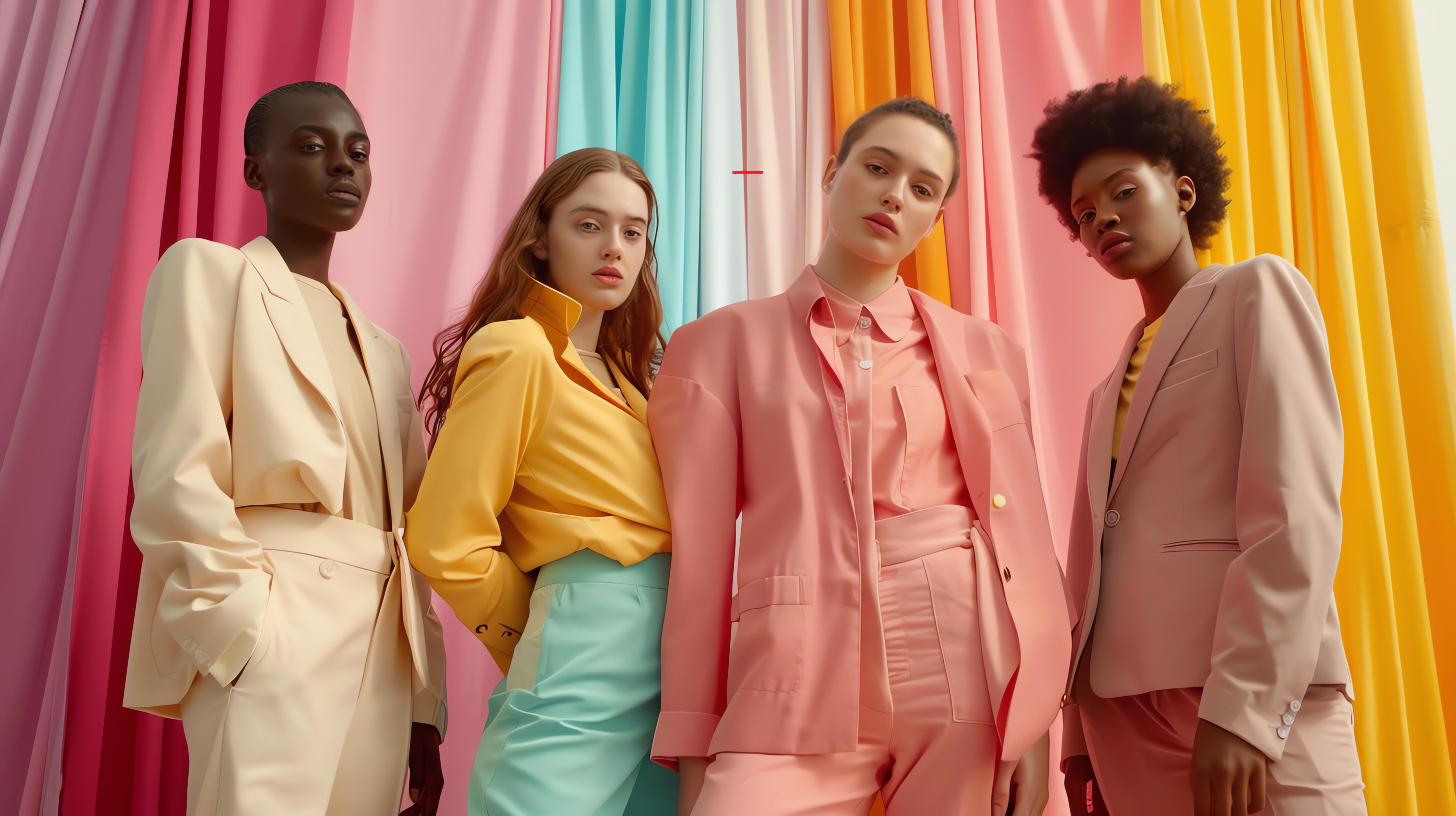
TL;DR
Gender inclusive fashion removes clothing labels and lets people choose what feels right for their body, personality, and identity. It focuses on comfort fit and self-expression instead of gendered rules. Instead of asking who the clothes are for the question becomes who are you. Glance supports this shift by helping individuals discover outfits that match their personal style without forcing them into men or women categories.
Gender inclusive fashion is not a trend. It is a correction.
For decades fashion has been boxed into two lanes. One aisle for men. One aisle for women. The colors. The cuts. The fits. Even the fabric choices were dictated by gender norms rather than actual human comfort or personality. But culture evolved. Language evolved. Identity evolved. Fashion however was slow to catch up.
Today due to gender inclusive fashion, transgender outfit planning is finally becoming a serious conversation. It challenges the idea that clothing must follow a gender rulebook. Instead it focuses on self expression, personal comfort and individuality.
Let us talk about what gender inclusive fashion really means and what people are actually looking for.
Forget labels. People want comfort and personality.
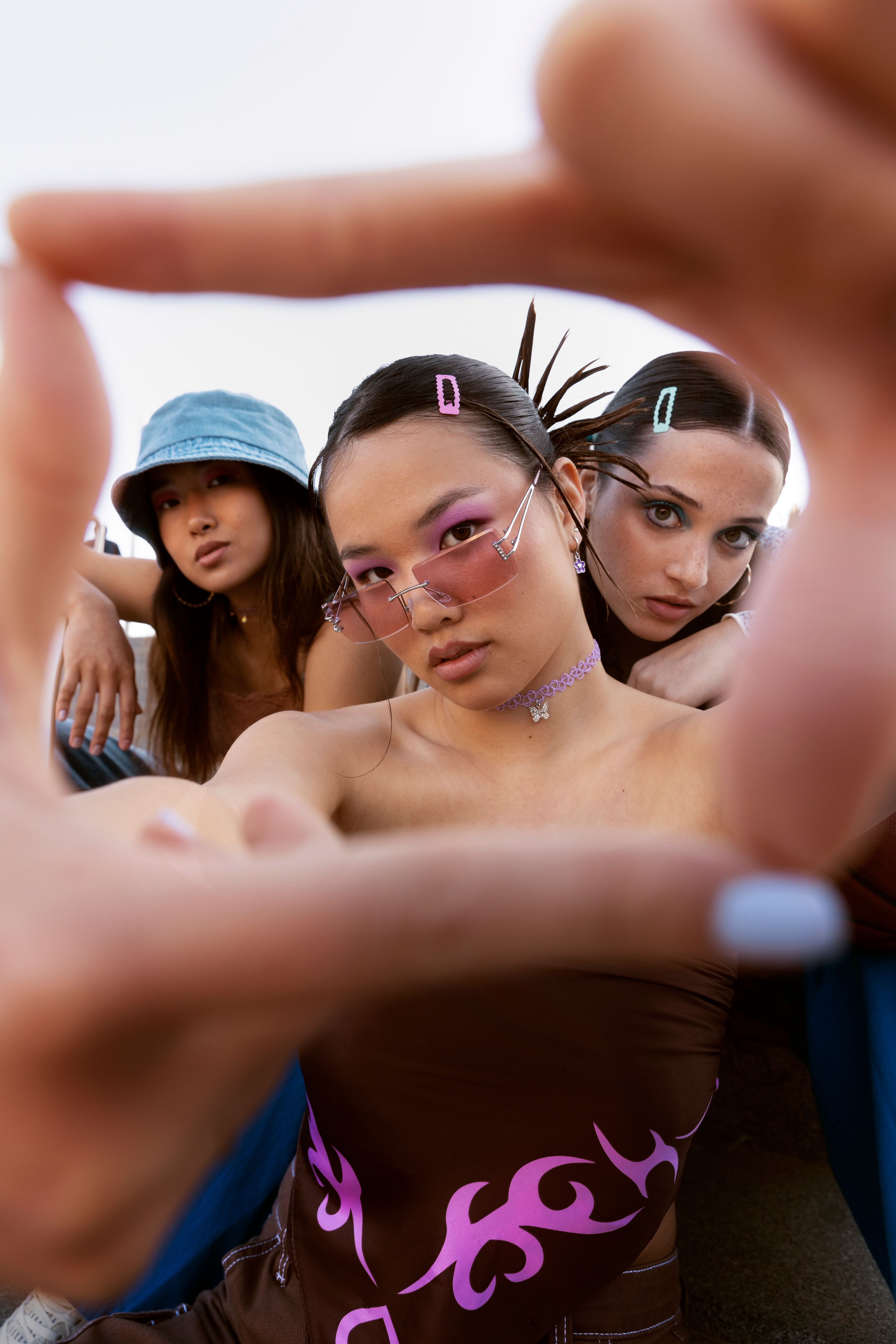
Walk into any store. There is a men section and a women section. They look like different planets. Men's clothing is often functional, minimal and neutral. Women's clothing is designed around trends, silhouettes and decorative details.
This separation assumes that everyone inside those categories has the same needs and preferences. Reality is different. With the wide acceptance, we even need transgender outfit planning.
And above all;
A guy may want fitted satin shirts because he loves drama and shine.
A woman may prefer loose cargo pants because she loves pockets and mobility.
Someone on the gender spectrum like a trans man or woman may want structured blazers and fluid skirts in the same outfit.
Clothing does not have gender. People do.
Gender inclusive fashion is about the person wearing the outfit rather than the category it was placed in by someone else.
The real shift: Fit matters more than labels
Gender inclusive fashion is often misunderstood as just oversized T shirts or neutral pieces. That is not true. Oversized is a silhouette not an identity.
What people really want is:
• Better fit
• Better sizing
• Better comfort
• Better options that represent their personality
Most traditional sizing systems are based on gendered body assumptions. Mens shirts assume broad shoulders. Womens shirts assume narrow frames and larger bust proportions. These assumptions leave so many people unseen.
Gender inclusive fashion encourages brands to create:
• Unified sizing systems
• Adjustable fits
• Flexible structures
• Patterns that suit multiple body types
Instead of mens medium or women's medium the focus shifts to shape length and fit preference.
Color has no gender

Pink is not feminine. Blue is not masculine.
These color associations started in the early twentieth century as marketing tactics. Before that pink was considered strong and bold therefore masculine. Blue was considered delicate and soft therefore more feminine.
Color has been fluid throughout history. Culture boxed it.
Today color freedom is returning. Gen Z and younger audiences reject color rules. They wear:
• Black lipstick
• Lavender blazers
• Floral printed shirts
• Neon cargos
• Pastel sneakers
Not because it is gender coded
But because they like it.
The fashion industry is slowly waking up
We are seeing meaningful progress.
Major runways are presenting collections without separating male and female lines. Stores are redesigning floor layouts with single unified sections. Some brands now list clothing under fit style and cut rather than gender.
The shift is not only happening in luxury or high fashion. Streetwear thrift culture and independent designers have been doing it for years. They treat clothing as fluid because that is how real people wear it.
Trends come and go. This shift is a mindset.
Did you know? The term “unisex” emerged during the 1960s. Its earliest recorded use in mainstream media was in a 1968 article published by The New York Times.
It is not about rejecting femininity or masculinity
There is a misconception that gender inclusive fashion means everything becomes neutral. That is not the point.
The goal is freedom not uniformity.
If someone loves sharp tailored suits
If someone else wants flowy skirts
If someone wants both in the same outfit
Gender inclusive fashion supports all of it.
The beauty of fashion is that it holds multitudes.
Why Gen Z is leading this change

Gen Z does not seek permission. They seek representation.
They are more expressive
More experimental
More curious about discovering clothes that feel like them.
They value transgender outfit planning equally as they value men and women outfit planning.
Simply they consider it as individual outfit planning.
They do not dress to fit into a category
They dress to communicate identity energy and mood
Gen Z influences shopping through:
• thrift culture
• content creation on social platforms
• community conversations
• challenging stereotypes openly
Fashion is no longer dictated by the runway to consumers. It is consumer to culture. Culture to runway. The loop is reversed.
Shopping is still the hardest part
Walking into a mens section or womens section can feel uncomfortable if someone does not identify with that category or expect transgender outfit planning. They may:
• hesitate to pick something
• feel judged by store staff
• struggle to find their size or fit
People prefer shopping online because it gives relief from the gaze. But even online clothing filters force gender. The choices are still:
Men. Women. No transgender outfit planning or beyond gender out options.
Not Relaxed Fit
Not Tailored Fit
Not Cropped or Long Length
Not Natural Waist or Mid Rise or Structured Shoulder
Gender filters come before style filters. This needs to change.
A future where browsing starts with style not gender
The gender-neutral clothing market is projected to reach $3.2 billion by 2028 at a CAGR of 4.5% (2022-2028). Imagine opening a shopping platform and seeing filters like:
Fit: Oversized Tailored Relaxed
Silhouette: Straight Flared Structured
Fabric: Satin Denim Linen
Vibe: Street Formal Minimal Bold
No categories
No assumptions
No labels telling people what they should or should not wear
Just style and mood.
This is where the world is headed.
How Glance fits into this future
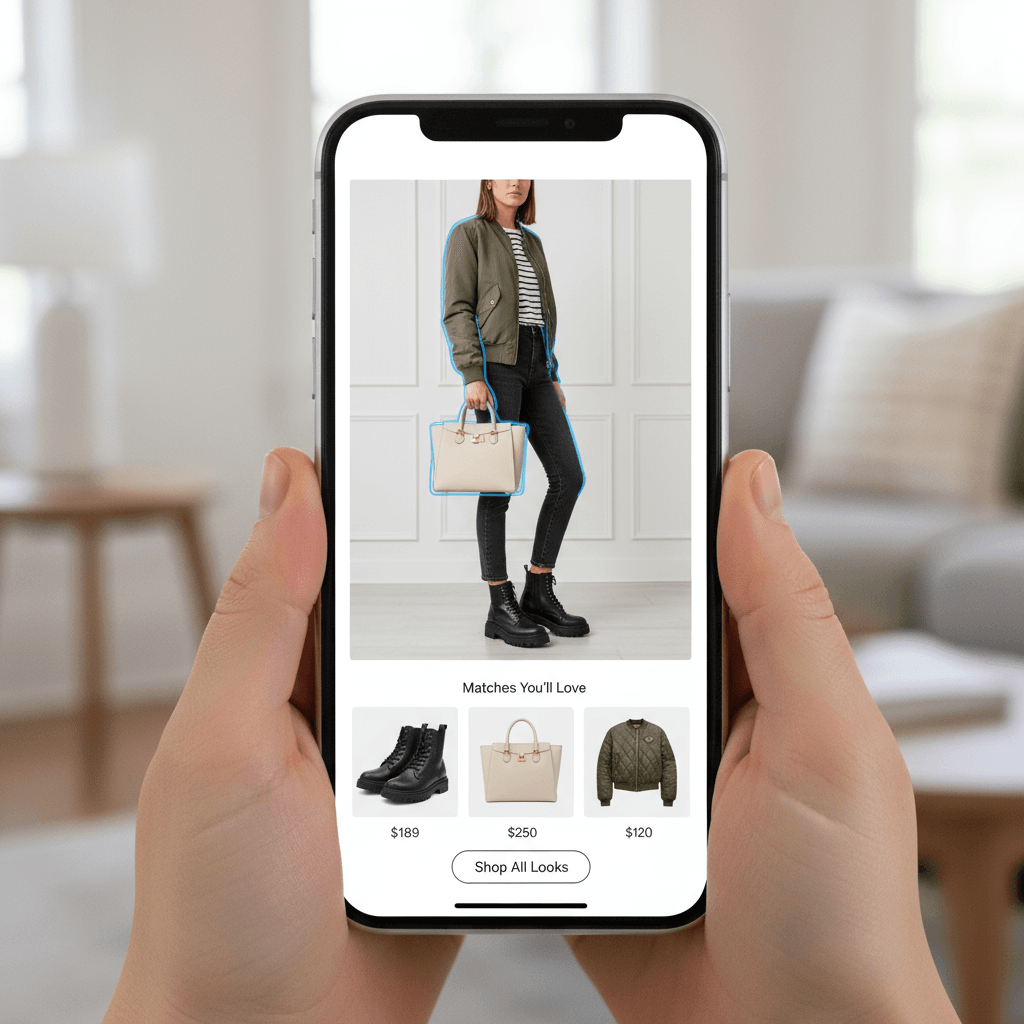
Glance is designed as an intelligent shopping agent.
It learns what you like.
It asks for your gender but does not categorize your choices. It accepts your choices. It understands your taste and recommends clothes that match your personal aesthetic, your comfort level and your body proportions.
With Glance, You are not browsing endless catalogs.
You are being guided to what represents you.
Conclusion
Gender inclusive fashion is not a rebellion. It is a release.
It is the freedom to choose clothing based on identity expression and comfort. It welcomes anyone who has ever felt out of place in a store aisle or on a size chart.
Clothes should reflect the person, not force them to fit a category.
The world is ready for fashion without labels.
And Glance is helping build a shopping experience without limits.
FAQs Related to Gender Inclusive Fashion
Q1. What is gender inclusive fashion?
Gender inclusive fashion removes mens and womens labels and allows people to choose clothing based on comfort and personal style rather than gender categories.
Q2. How is gender inclusive fashion different from unisex clothing?
Unisex usually means one neutral fit for all whereas gender inclusive fashion prioritizes body diversity fit and self expression without labeling clothes by gender.
Q3. Who can wear gender inclusive clothing?
Everyone. This movement is built on the idea that clothes have no gender and anyone can choose pieces that represent their personality.
Q4. Why does sizing matter in gender inclusive fashion?
Traditional sizing is based on gendered assumptions. Inclusive fashion offers flexible fits, adjustable silhouettes and sizing systems designed around real bodies.
Q5. How does Glance support gender inclusive fashion?
Glance acts as an intelligent shopping agent. It learns your style preferences and recommends outfits without dividing options into mens or womens categories.




